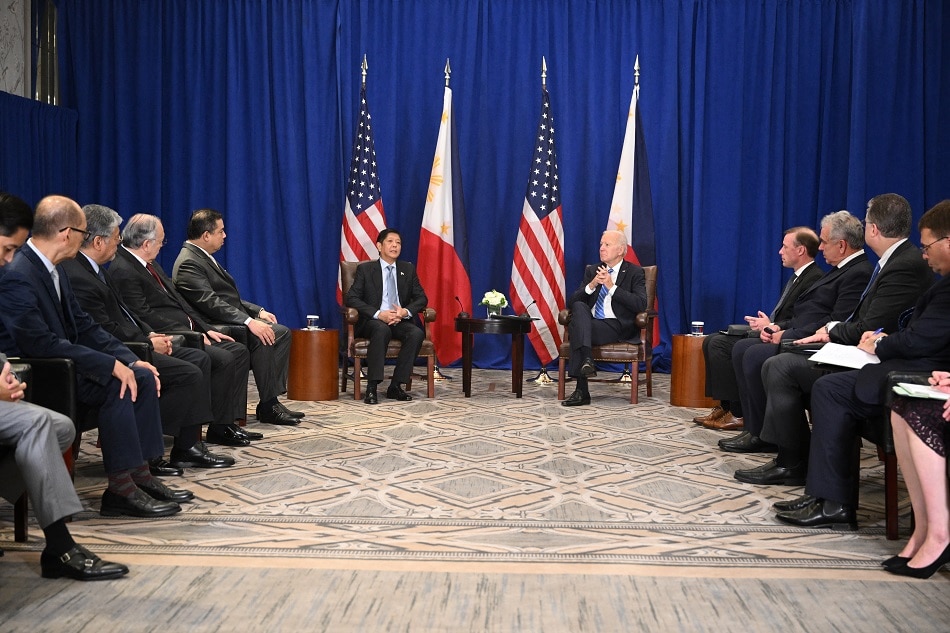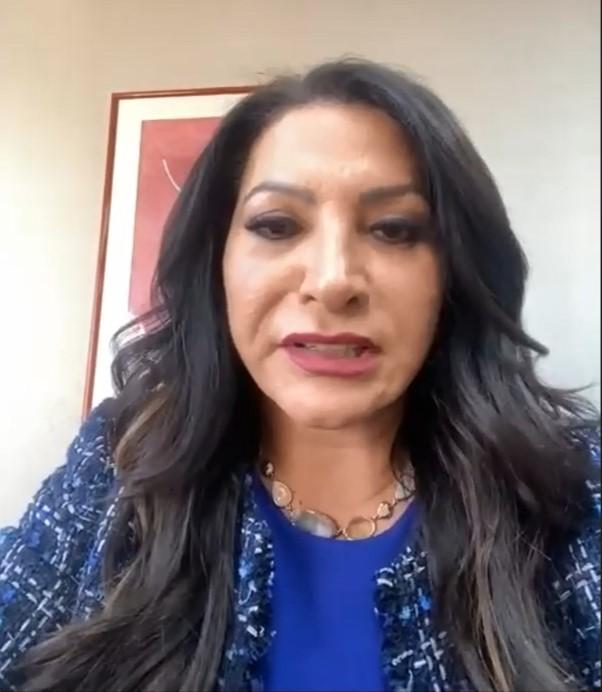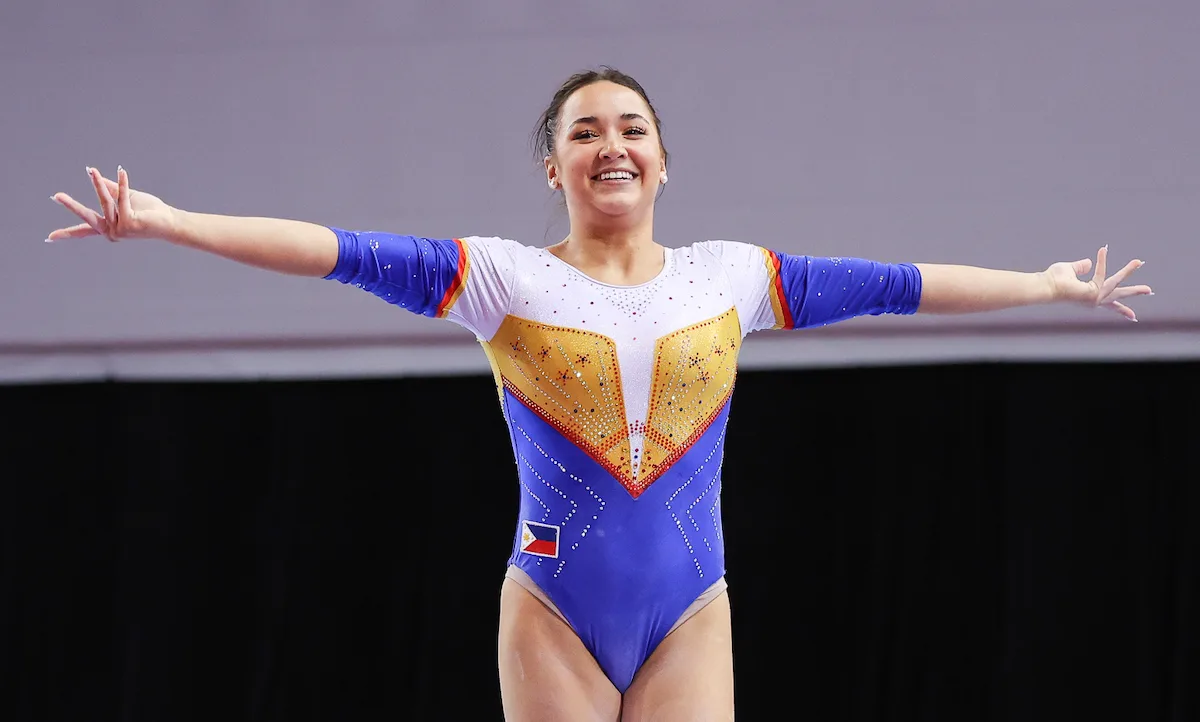By Cesar Antonio Nucum Jr.
SAN FRANCISCO – Caregivers are usually regarded as someone who looks after an individual and assists them with their daily needs. But have we ever thought of them as individuals and organizations working to care for entire communities who themselves are in need of care themselves?
In a briefing conducted by Ethnic Media Services, different organizations sought to differ on how caregiving are usually thought of, referred to, regarded and/or manifested transforming problematic narratives in their communities, and leveraging the arts to amplify the collective voice of Asian American, Pacific Islander and Native Hawaiian communities.
This was attempted through the creation of artistic visualizations that reflect and reinforce cultural identity at a time of rising xenophobia and lingering stereotypes that continue to distort perceptions and inflict harm on entire populations.
Speakers discussed how caregiving in their communities informs understanding of a wide range of societal challenges, as well as potential solutions as they also mentioned the complexities involved in their work, how it is practiced across cultures, and the broader impacts that community caregiving has on our society.
Director of Narrative Strategy, Asian American Resource Workshop Dianara Rivera who is of mixed Pilipinx Puerto Rican race committed to supporting Asian American communities in building community power and currently serves as the Operations and Fundraising Manager of AARW, supporting the sustainability building and internal organizational work of AARW and also organizes with Boston PEAR (Pilipinx Education and Resources) believes that “particularly in this time of political attacks” on AAPI community members, “it’s imperative that we create healing spaces for care that also builds power.”
“Collective care is inherently political when the communities receiving it are marginalized, she added. Toward this end, AARW has been conducting workshops for AAPI community leaders, members and artists to collect the stories of how we care for each other,” Rivera shared.
Rivera contend that many of these stories have to do with not asking for help but
“we see how those narratives are political and connected to collective care when we ask what the barriers are to us asking for help, how those barriers relate to how we grew up, and what the antidotes are to those barriers, when we feel a fear of rejection. In a lot of Asian immigrant families, you feel you can’t talk about these problems,” and empowering those who receive care “requires shifting away from transactional expectations.”
Another Filipina-American Jessica Eckerstorfer, Co-Executive Director of The SEAD Project, a strong feminist, who believes in the intersectionality of social justice and the necessity of empathetic creativity and also the Co-Founder and Artistic Community Director of Paranoid Tree Press described a story-collection project that paired Asian elders with young people to chronicle stories from the elders’ lives before they came to the United States.
“The recent collection of stories released by the Minneapolis-based organization — “Knowing Our Joy” — focuses on “stories of joy with our elders, as collecting and preserving their stories allows us caring for them to connect to our homelands, preserve our traditions, learn from our past and keep the voices of our people alive for generations to come,” disclosed Eckerstorfer.
She added that 17 young adult storytellers and 20 illustrators brought their elders to story collection dinners and workshops for the project.
“Building trust through intergenerational collaboration was crucial, “as many elders weren’t comfortable in these spaces — they may not have the experience or language for story collection or the publication process,” Eckerstorfer continued. “Through this story-collecting process, many participants noted that elders were opening up about things that they had never heard of before, joyful aspects of their childhood beyond, for example, wartime trauma in the case of Vietnamese elders.
For Eckerstorfer, to do storytelling is to think and feel through the different memories of those whose stories you preserve despite the fact that healing spaces beyond medical professionalism are very rare.
“It’s crucial for caregivers to witness what creates moments of joy and happiness in those they care for,” she stressed.
Pasifika arts director of Pacific Island Knowledge 2 Action Resources (PIK2AR), Kalani Tukuafu revealed that a recent survey from her Utah-based cultural nonprofit found 50% of survey participants have been caregiving for over five years, with 67% of the pool having no formal training, and only 26% surveyed have the support that they need and that this discrepancy signals the fact that supportive caregiving requires supporting caregivers themselves.
Tukuafu was echoed by PIK2AR board member Carolyn Williams who imparted that much of the need for this support is created by the xenophobia that many Pacific Islanders in her community face.
To counter this, the nonprofit has been conducting interviews with caregiving community members for a portrait series that will be displayed throughout social media and an in-person art exhibit.
“We wanted to understand from inside out how xenophobia has impacted individuals within PIK2AR to know how we can make PIK2AR stronger in the community as well as to create bridges among communities…. including created a creating a culture of inclusivity and transparency between the communities, building relationships within PIK2AR and the community and helping other communities understand the depth and breadth of the Pacific Islander community beyond sports, entertainment and food,” Williams added.
Interim Executive Director of Asian Americans United Neeta Patel, maintains that because strong caregiving depends upon supporting caregivers, the most valuable care happens at the collective level.
Patel’s Philadelphia-based organization is currently focused upon preserving and caring for the elderly members of her community’s Chinatown against “corrupt government officials serving the interests of the super wealthy.”
“This is about the commodification of our lives by a development model that puts profits over people — that extracts value, but doesn’t see community as value,” she added. “That is the narrative we are trying to change. It’s our place of living, thriving, worshiping, coming together, and we are fighting for its existence, by telling our stories … we give it life, we create memories, we create a value that is beyond money.”













